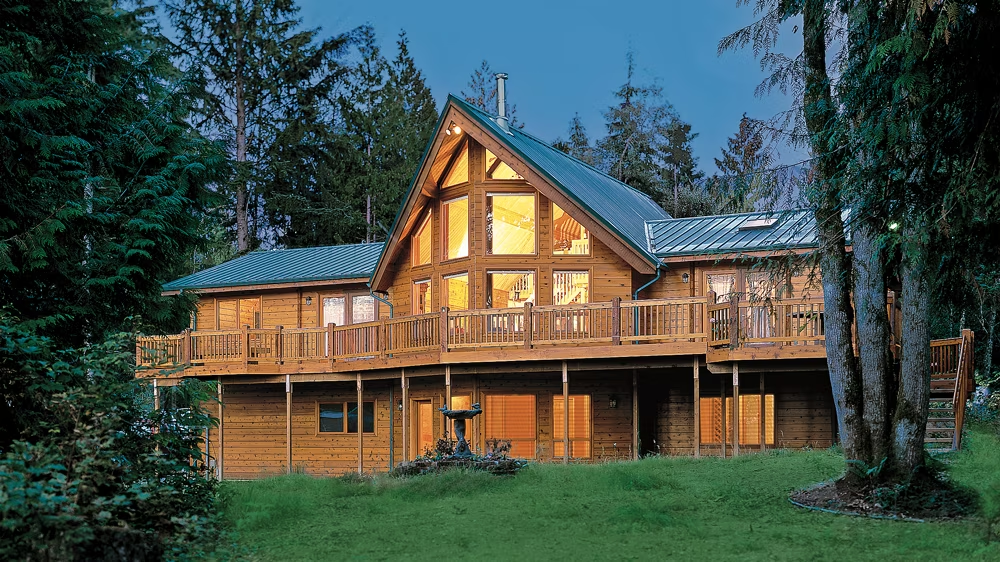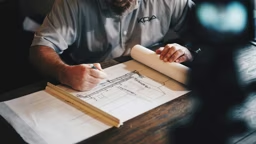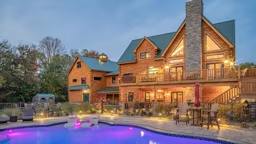Log home buyers are accustomed to navigating choices. Everything from wood species to the way its cut must be decided — tried-and-true options like pine or cedar; handcrafted or milled; round or square.
But as today’s buyers seek to boost the performance of their homes, another, lesser-known wood option has started to take root: engineered (aka, laminated) timbers. Although this wood fabrication process has been around for more than a half century, buyers are discovering its benefits anew.
“One big advantage is that engineered timbers don’t shrink or crack,” says Rodney Robertson, president of International Homes of Cedar (IHC), a company that’s specialized in laminated-timber homes since 1966. “The reason is because you can really only kiln dry logs to a uniform moisture content up to about 2 inches in thickness. It dries from the outside in, but it doesn’t get to exactly to the same moisture content in the center.
“By contrast, engineered timbers are made out of 1-inch or 2-inch thick kiln-dried planks,” Rodney continues. “When they’re laminated (i.e., glued) into a timber, it will have the same moisture content in the center that it has on the surface. So, the mechanism that causes twisting and checking in a rough-sawn timber doesn’t exist in a laminated timber.”
According to Rodney, another pro in the engineered-timber column is that they can be up to 70 percent stronger than rough-sawn timber of the same dimension, due in large part to cross-graining.
“Wood always fails along the grain,” he states. “In a laminated timber, if a crack should start to form under stress, it will reach the glue line, and then the grain line of the next member will be oriented in a different direction. That fact makes engineered timbers, pound for pound, stronger than steel.”
Another advantage is the ability to offer a high-grade appearance at a lower price point. “One of the timbers we make is called ‘5-by-8’; it’s five 1-by-8 boards that are laminated together. We can laminate it in 100 percent cedar or 100 percent pine, but we also can make it using cedar on the exposed faces, with pine in the center. Pine is about a quarter of the cost of cedar, so you can have the look of cedar outside, with less expensive wood inside where it won’t be seen,” Rodney says.
Not only can you laminate varying species, you can laminate different materials. “A product that’s kind of unique to IHC is our patented “Thermo-Lam III” which has a foam core. It gives you the exceptional R-value of a closed-cell foam with the look of a log,” Rodney says. “With laminated timbers, you can get the best of both worlds.”
See also: Built to Last: An Alaskan Log Home













